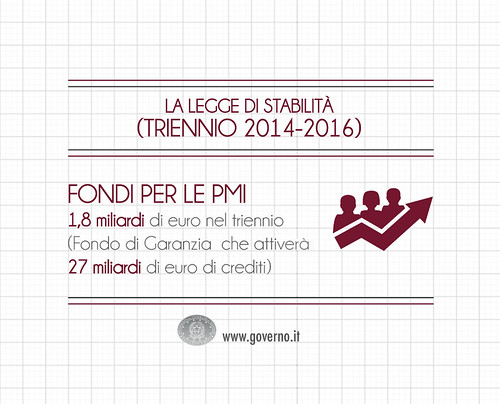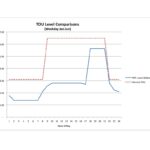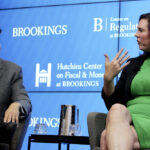China’s manufacturing sector grew in March at the fastest rate in an entire year, reflecting Beijing’s economic stimulus measures.
The US trade war is escalating and this poses a challenge to growth.
China’s PMI for manufacturing rises
According to the National Bureau of Statistics, data show that in March 2015, the official purchasing managers’ index (PMI), reached 50.5.
The level is the highest since March of last year, and in line with expectations.
In February the index rose to 50.2 points from 49.1 during January as the production increased after the Lunar New Year holidays.
Sub-indexes for new orders and production rose to 52.6 each, showing an improvement in both supply and demand.
The employment subindex dropped to 48.2, indicating continued weakness in the labor market.
The PMI for non-manufacturing activities, including services and construction also rose to 50.8 in the last three months, the highest level ever.
This sector’s employment subindex fell to 45.8 indicating a weakening labour market across services as well as construction.
Caixin/S&P Global Manufacturing PMI is a survey of the private sector due to be released on Tuesday. It’s expected to reveal a continued increase in activity. The PMI will rise to 51.1, up from 50.8, in February.
China’s stimulus measure
Chinese policymakers are stepping up fiscal and monetary stimulus in order to achieve a “growth target” of “around 5 percent” this year, while also countering the effects of US tariffs.
The government will issue more debt to combat the housing market deflation and increase its consumer trade-in program.
China’s budget deficit goal has been raised to around 4% for 2025. This is up from the 3% target set last year. It signals a greater commitment to fiscal support.
To mitigate the impact of the trade war, government officials have committed to additional fiscal stimuli, increased debt issuance and further monetary ease.
Last week, Chinese president Xi Jinping held a meeting with CEOs of multinational companies to reassure them amid US President Donald Trump’s threats to impose tariffs on foreign goods. He urged the executives to protect global supply chains and industries.
Trump tariffs against China
The exports that had previously been the brightest spot in the economy have now slowed down, with the slowest growth since last April.
This is attributed by analysts to the fact that exporters are loading shipments in advance of tariffs.
The President Trump imposed an extra 20% tariff on Chinese products over fears related to the illicit fentanyl traffic. Beijing responded with a tariff of up to 15 percent on certain US agricultural and energy products.
Trump is expected to take further measures, possibly increasing tariffs against Chinese imports.
In exchange for Beijing’s assistance in selling TikTok to the US, he has suggested that he might reduce the tariffs.
As new information becomes available, this post China’s Manufacturing Hits 1-Year Peak as Economic Stimulus Measures Kick In may be updated.
This site is for entertainment only. Click here to read more





